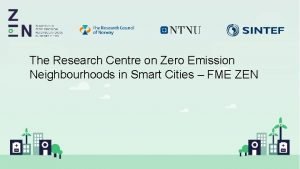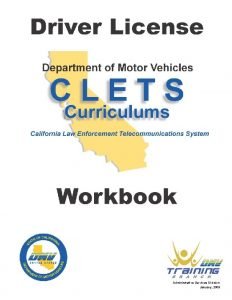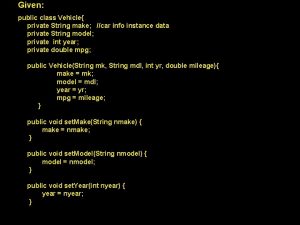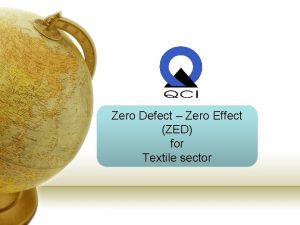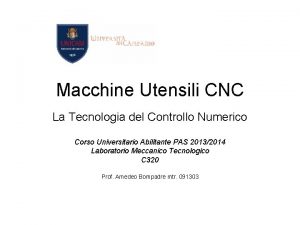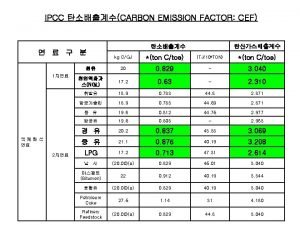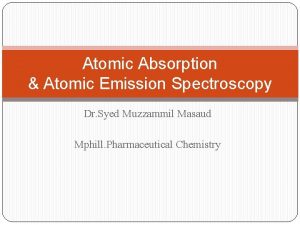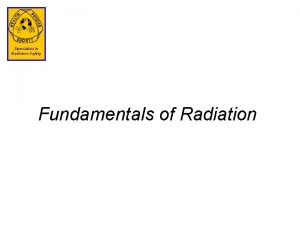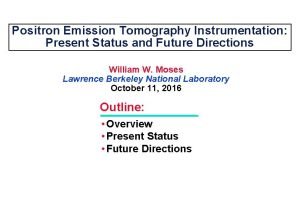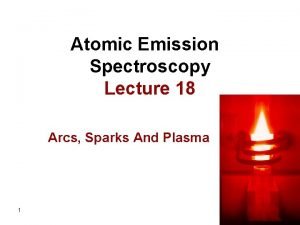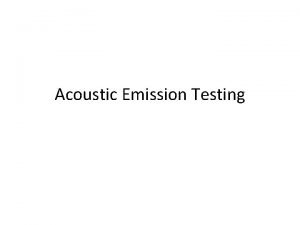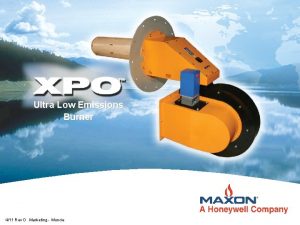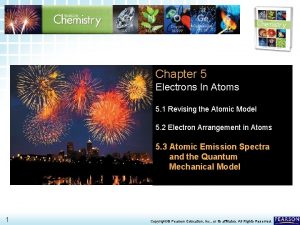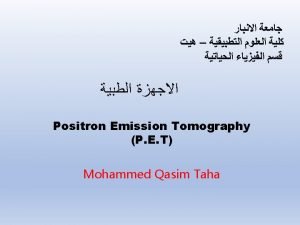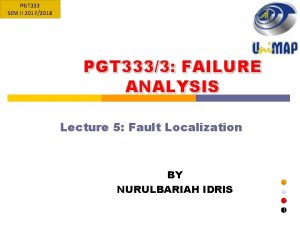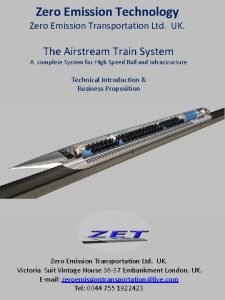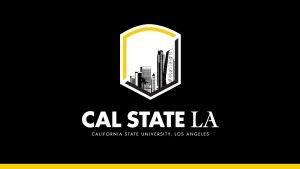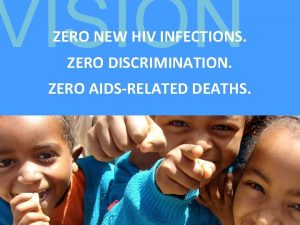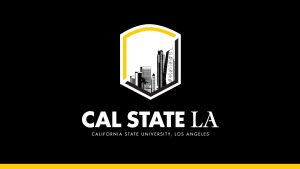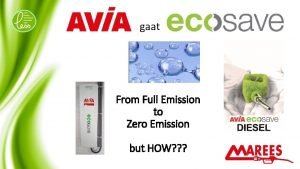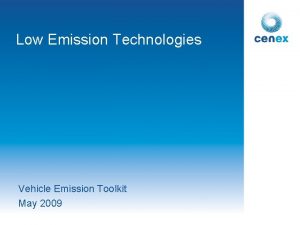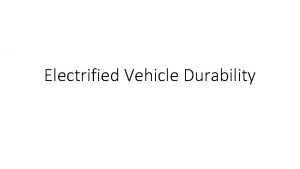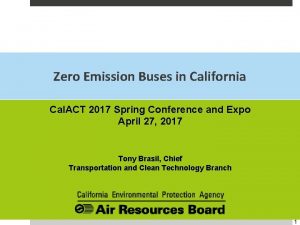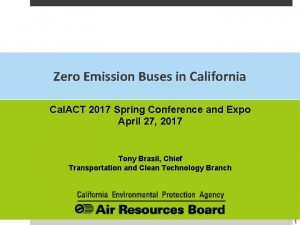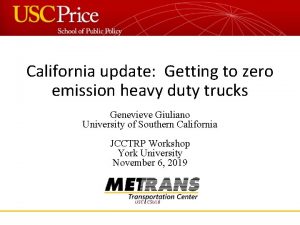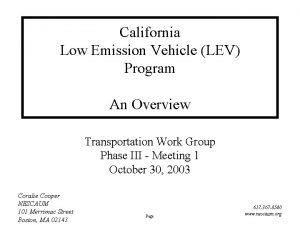Zero Emission Vehicle Policies in California March 27
















- Slides: 16

Zero Emission Vehicle Policies in California March 27, 2015

Zero Emission Vehicles Provide Large Emission Benefits Well-to-Wheel GHG Emissions FCEV and BEVs • 75% to 85% lower GHG emissions by 2025 • Partly due to 33% renewable mix in H 2 & Electricity • Even lower in later years as fuel becomes cleaner 2025 Vehicles WTW= Well-To-Wheel, ICE= internal combustion engine

Aligning State Agencies: California ZEV Action Plan • Governor Brown’s Executive Order: 1. 5 Million ZEVs in CA by 2025 • Coordination across government agencies • Consumer Awareness • Fuel Infrastructure • Local gov’t ZEV readiness planning • 2015 Action Plan currently in review

California Policies Supporting Zero Emission Vehicles • Zero Emission Vehicle Regulation • Clean Vehicle Rebate Project • Clean Air Vehicle Stickers – California law allows single-occupant use of High Occupancy Vehicle (HOV) lanes by certain qualifying vehicles. – Zero emission vehicles are eligible for white stickers. – Qualifying plug-in hybrid electric vehicles are eligible for green stickers. Green stickers are limited to 70, 000 applicants; – as of May 28, 2015, 67, 052 stickers have been issued. Current legislation (SB 39) will provide an additional 15, 000 green stickers. – Both of the sticker programs will expire January 1, 2019. • The state Department of General Services issued Management Memo 13 -04, providing guidance to state agencies in meeting fleet vehicle purchase requirements as outlined in the Governor’s Executive Order B-16 -2012.

ZEV Requirements 2012 ZEV Amendments: Likely Compliance Scenario 250 200 ZEVs 150 100 PHEVs 50 20 25 20 24 20 23 20 22 21 20 20 19 20 18 20 17 20 16 20 15 20 14 20 13 - 20 12 Annual Vehicle Sales (Thousands) 300

Clean Vehicle Rebate Program (CVRP) • Critical to incentivize sales while vehicle costs remain high • $1500 -$2500 purchase incentive • CVRP launched in 2010 • Over 100, 000 rebates issued • ~$210 million invested = BEV = PHEV 6

Upstate North Coast No. of DCFC connectors No. of Level 2 connectors Bay Area Capital Area Infrastructure: Electric Charging Network San Joaquin Valley Monterey Bay Central Cost >30 k or more >10 k-30 k >6 k-10 k Southern California Coachella Valley San Diego Charger data from AFDC Database, February 10, 2015 >3 k-6 k >1 k-3 k 1 k or less

Plug-In Electric Vehicle Infrastructure • Over 220 DC fast charge locations and 500 DC fast charge connectors. • Nearly 2000 publically accessible Level 2 EV charging locations and over 5500 connectors, more than any other state in the nation.

State financial support of new infrastructure • • • Assembly Bill 118 (Nuñez), created the Alternative and Renewable Fuel and Vehicle Technology Program (ARFVTP) authorizes the CEC to develop incentive programs that advance transportation related technologies to reduce emissions. AB 8 reauthorized and expanded this program. To date, the CEC, through ARFVTP, has approximately $40 million for electric vehicle charging stations (EVCS). The Draft 2015 -2016 Investment Plan Update for ARFVP identifies an additional $18 million for plug-in electrical vehicle infrastructure.

Local Incentives

Broader State Agency Program Coordination - CEC • Governor’s Office: Zero-Emission Vehicles in California: Community Readiness Guidebook, – provides guidance, resources, and recommendations to communities to help them make the switch to ZEVs. • The CEC: California Statewide Plug-In Electric Vehicle Infrastructure Assessment – provides projections of future PEV infrastructure deployment needed to support close to 1 million PEVs by 2020. – Workplace charging: 102, 000 – 167, 000 chargers – Public charging: 22, 000 – 50, 000 chargers • The CEC helped fund and oversee the completion of 10 regional PEV readiness plans that will help inform PEV infrastructure development in California’s unique electric vehicle micro-climates.

Broader State Agency Program Coordination - CPUC • California Public Utilities Commission (CPUC), is evaluating both the potential for and value of vehicle-grid integration (VGI), including the use of vehicle batteries for surplus renewable energy storage and demand response grid services. • The CPUC is evaluating proposal by at least 3 Investor Owned Utilities (IOU) to install sufficient infrastructure for tens of thousands of publically accessible Level 2 and DC fast chargers in their respective service areas. • The CPUC, which sets electricity rates or tariffs for IOUs, has set special, often lower, time of use (TOU) rates for EV charging. TOU rates incentivize customers to recharge their EVs during “off-peak” hours to ensure reliable operations of the electric grid. • Local agencies and private organizations have a variety of incentives to encourage EV adoption.

Private sector actions on DC Fast Chargers: • BMW, Volkswagen and Charge. Point announced an initiative to create EV “Express” charging corridors on the East and West Coasts. In the initial phase, their aim is to install nearly 100 DC Fast Chargers across both coasts, with plans to expand the program to increase access to fast charging across the country. • Tesla Motors has 438 “Supercharger” stations across the USA and Canada with 2, 415 “Supercharger” connectors. Tesla’s Supercharger stations are not cross-compatible with other manufacturers’ vehicles.

Hydrogen Fuel-Cell Vehicles • There are currently 179 FCEVs on the road; future projections of onthe-road vehicles are 10, 500 and 34, 300 in 2018 and 2021, respectively. • Hyundai launched the Tucson FCEV this year. • Toyota announced that the Mirai FCEV will be launched by end of 2016. • Anticipating announcements from Honda on their FCEV deployment. Honda has already displayed their “evolved concept” FCEV. • Toyota and Mazda announced a partnership that may result in Toyota sharing FCEV tech with Mazda. • Honda announced financial backing for First. Element, joining Toyota’s previous investment.

Hydrogen Infrastructure • Assembly Bill 8 (Perea) sets aside up to $20 million a year from ARFVTP • AB 8 indicates funding will continue up to 100 stations or when need disappears • CEC also funds up to $100, 000 a year for up to 3 years for O&M • By the end of 2016, 51 stations expected to be completed • Today, 10 stations operational with approximately 5 more under construction. • A typical hydrogen station being funded through ARFVTP can support a local fleet of between 300 to 500 vehicles. • California is the only place in the world where dispensers have been tested and certified accurate enough to sell hydrogen to the consumer as a retail fuel.

Infrastructure: H 2 Station Network 11 stations operational today: • Most in greater LA and Orange County 51 stations funded: • 18 in northern California • 33 in southern California • Daily statewide fueling capacity of 9, 400 kg AB 8 report Figure 7, page 24 16
 Poland national anthem lyrics
Poland national anthem lyrics Zero emission neighbourhoods
Zero emission neighbourhoods California vehicle code 405095
California vehicle code 405095 Public class vehicle private string name protected vehicle
Public class vehicle private string name protected vehicle Zero defect zero effect
Zero defect zero effect Zero macchina e zero pezzo
Zero macchina e zero pezzo Ipcc emission factor database
Ipcc emission factor database Difference between absorption and emission spectrum
Difference between absorption and emission spectrum Neutron emission
Neutron emission Emission
Emission Pet/ct
Pet/ct Atomic emission spectroscopy lecture notes
Atomic emission spectroscopy lecture notes Application of acoustic emission testing
Application of acoustic emission testing Ultra low emission burner
Ultra low emission burner Atomic emission spectra and the quantum mechanical model
Atomic emission spectra and the quantum mechanical model Positron emission
Positron emission Photo emission microscopy failure analysis
Photo emission microscopy failure analysis

